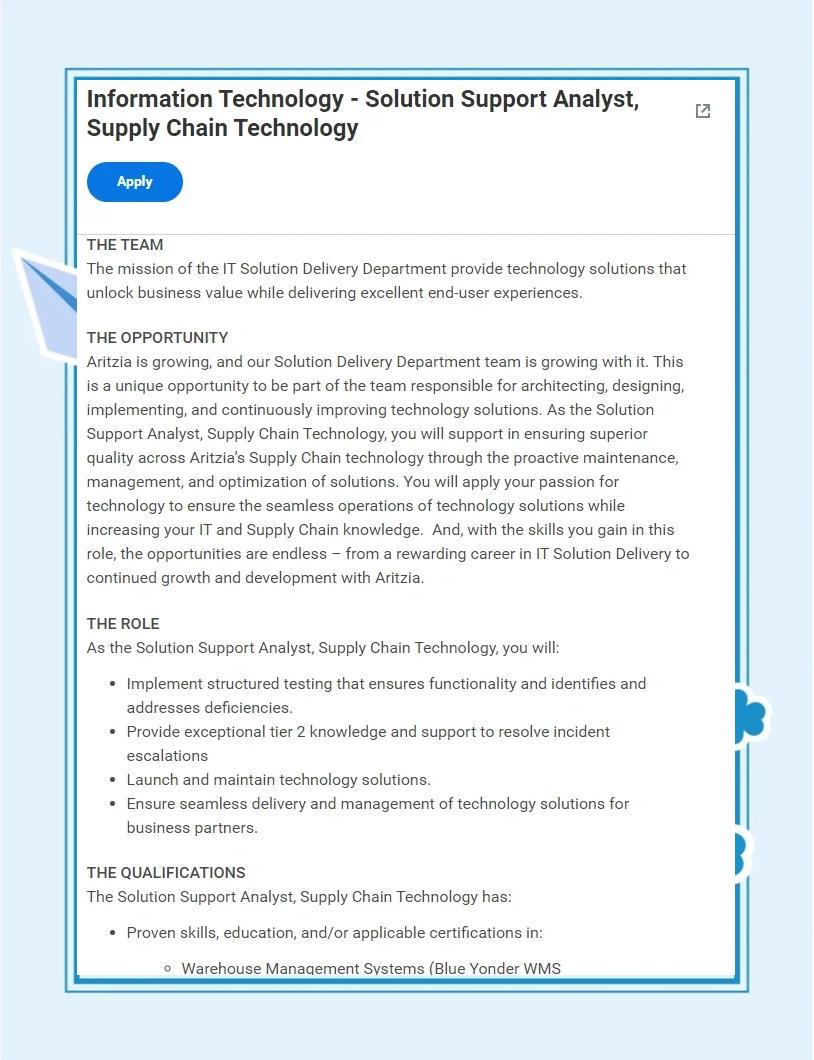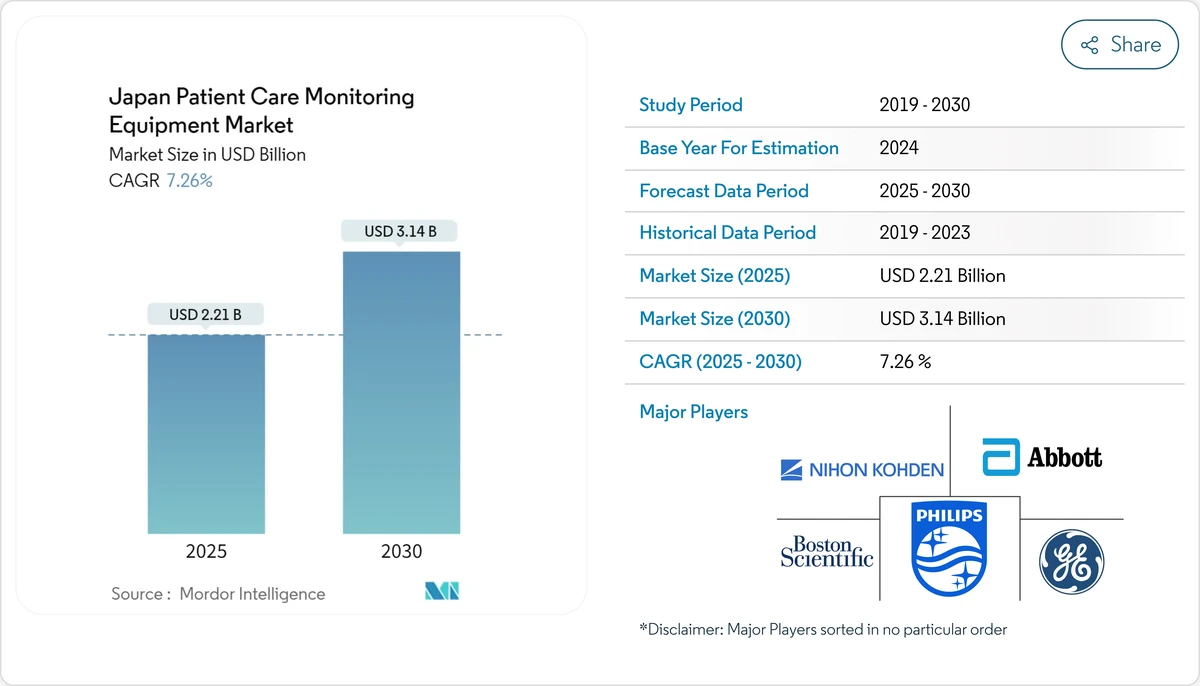========================================================================
Volatility is the lifeblood of financial markets, influencing everything from option pricing to portfolio risk management. For decades, quantitative analysts have relied on sophisticated models to capture volatility’s dynamic nature. Among these, the Generalized Autoregressive Conditional Heteroskedasticity (GARCH) model stands out as one of the most powerful and widely applied tools. This article explores GARCH for quantitative analysts, its applications, strategies, limitations, and the latest trends shaping its future.
What Is GARCH and Why Does It Matter?
Defining GARCH
GARCH, developed by Tim Bollerslev in 1986 as a generalization of the ARCH model, estimates and forecasts time-varying volatility. Unlike models assuming constant variance, GARCH recognizes that market volatility tends to cluster—quiet periods are followed by turbulence, and vice versa.
Importance in Quantitative Finance
For quantitative analysts, GARCH is a cornerstone model because it:
- Captures volatility clustering effectively.
- Provides inputs for option pricing and risk metrics like Value-at-Risk (VaR).
- Helps in trading strategy optimization by anticipating volatility regimes.
Volatility clustering observed in real financial markets
How GARCH Model Works in Quantitative Analysis
Key Concept
The basic GARCH(1,1) model specifies that today’s volatility depends on:
- A constant (long-term average variance).
- Yesterday’s squared residual (short-term shock).
- Yesterday’s variance estimate (persistent volatility).
This structure elegantly balances short-term shocks with long-term persistence.
Example for Traders
Suppose Bitcoin experiences a sudden 5% drop today. GARCH anticipates higher variance tomorrow—not just because of the drop itself, but because volatility tends to persist.
This makes GARCH critical in scenarios like how does GARCH predict market volatility, a frequent question among analysts building forecasting systems.
Applications of GARCH for Quantitative Analysts
1. Risk Management
- Estimating Value-at-Risk (VaR) for institutional portfolios.
- Adjusting leverage and exposure during turbulent markets.
2. Option Pricing
- Incorporating stochastic volatility for better Black-Scholes adjustments.
- Providing inputs for implied volatility surfaces.
3. Trading Strategies
Quantitative hedge funds often rely on volatility forecasts to size positions. For instance, if GARCH signals heightened volatility, traders may reduce exposure or apply options-based hedging.
4. Market Forecasting
When applied to equities, forex, or crypto markets, GARCH enables analysts to forecast near-term volatility patterns, a key factor in arbitrage and spread trading.

Comparing GARCH Strategies for Analysts
Strategy 1: Standard GARCH(1,1)
- Pros: Simple, robust, widely validated across asset classes.
- Cons: May struggle with asymmetric volatility (leverage effects).
Strategy 2: EGARCH (Exponential GARCH)
- Pros: Captures asymmetry—negative shocks often increase volatility more than positive ones.
- Cons: More complex estimation, requires larger datasets.
Strategy 3: GJR-GARCH
- Pros: Handles leverage effects with more flexibility.
- Cons: Prone to overfitting if used with limited historical data.
Recommendation: For most analysts, starting with GARCH(1,1) for baseline forecasting and upgrading to EGARCH in equity or crypto markets is the optimal path.
Implementing GARCH in Quantitative Trading
One of the most practical aspects of this model is accessibility. Python libraries such as arch and statsmodels make implementation straightforward.
For example, many analysts explore how to implement GARCH in Python for trading to backtest volatility-driven strategies. Python allows integration with Pandas and NumPy, enabling seamless testing of risk-adjusted returns.
Example of GARCH implementation in Python for volatility forecasting
Strengths and Weaknesses of GARCH
Strengths
- Captures volatility clustering effectively.
- Widely validated in academic and professional finance.
- Easily interpretable results.
Weaknesses
- Assumes normal distribution, often violated in real data.
- Struggles with extreme tail risks (“black swans”).
- Can underperform in highly non-stationary markets like crypto.
This explains why GARCH models fail in certain markets, particularly during periods of structural breaks or regime shifts.

Modern Trends in GARCH for Quantitative Analysts
- Hybrid Models: Combining GARCH with machine learning (LSTM, Random Forests) for improved predictive accuracy.
- Crypto Applications: GARCH is increasingly used to model extreme volatility in Bitcoin and Ethereum markets.
- High-Frequency Trading: Analysts use GARCH on intraday tick data for microstructure volatility modeling.
- Regime-Switching GARCH: Allows for different GARCH processes under bull vs bear market conditions.
Hybrid GARCH models integrating AI for improved volatility prediction
Common Mistakes Analysts Make with GARCH
- Overfitting parameters with limited datasets.
- Ignoring fat tails and kurtosis in financial returns.
- Misinterpreting volatility forecasts as price direction forecasts.
- Applying GARCH blindly without testing alternative models.
FAQ: GARCH for Quantitative Analysts
1. How reliable is GARCH in predicting market volatility?
GARCH is highly effective at short-term volatility forecasting, particularly in liquid markets. However, it struggles with tail events and sudden structural changes. Combining GARCH with stress testing or fat-tail distributions improves reliability.
2. Should I use GARCH for crypto trading strategies?
Yes, but with caution. Crypto markets are noisier and less stationary than traditional markets. GARCH can be useful for short-term volatility forecasts, but supplementing with realized volatility measures or AI-based models provides more robust insights.
3. How do I optimize GARCH parameters for best results?
Optimization involves:
- Using maximum likelihood estimation (MLE).
- Cross-validating on different datasets.
- Checking residual diagnostics to ensure model fit.
Advanced practitioners also employ Bayesian optimization to tune parameters more efficiently.
Conclusion
For quantitative analysts, GARCH remains a foundational model for volatility forecasting, risk management, and trading strategy design. Its simplicity, interpretability, and wide adoption make it indispensable—even as advanced AI-driven methods emerge.
The key is not treating GARCH as a silver bullet but as one tool within a diversified modeling toolkit. By combining it with modern approaches like machine learning or regime-switching, analysts can achieve more accurate and resilient volatility predictions.
If you found this guide valuable, share it with fellow quants, or comment below with your experiences using GARCH in trading. Let’s keep pushing the boundaries of quantitative finance together.
Would you like me to also draft an SEO meta title and description for this article to maximize ranking for “GARCH for quantitative analysts”?

0 Comments
Leave a Comment